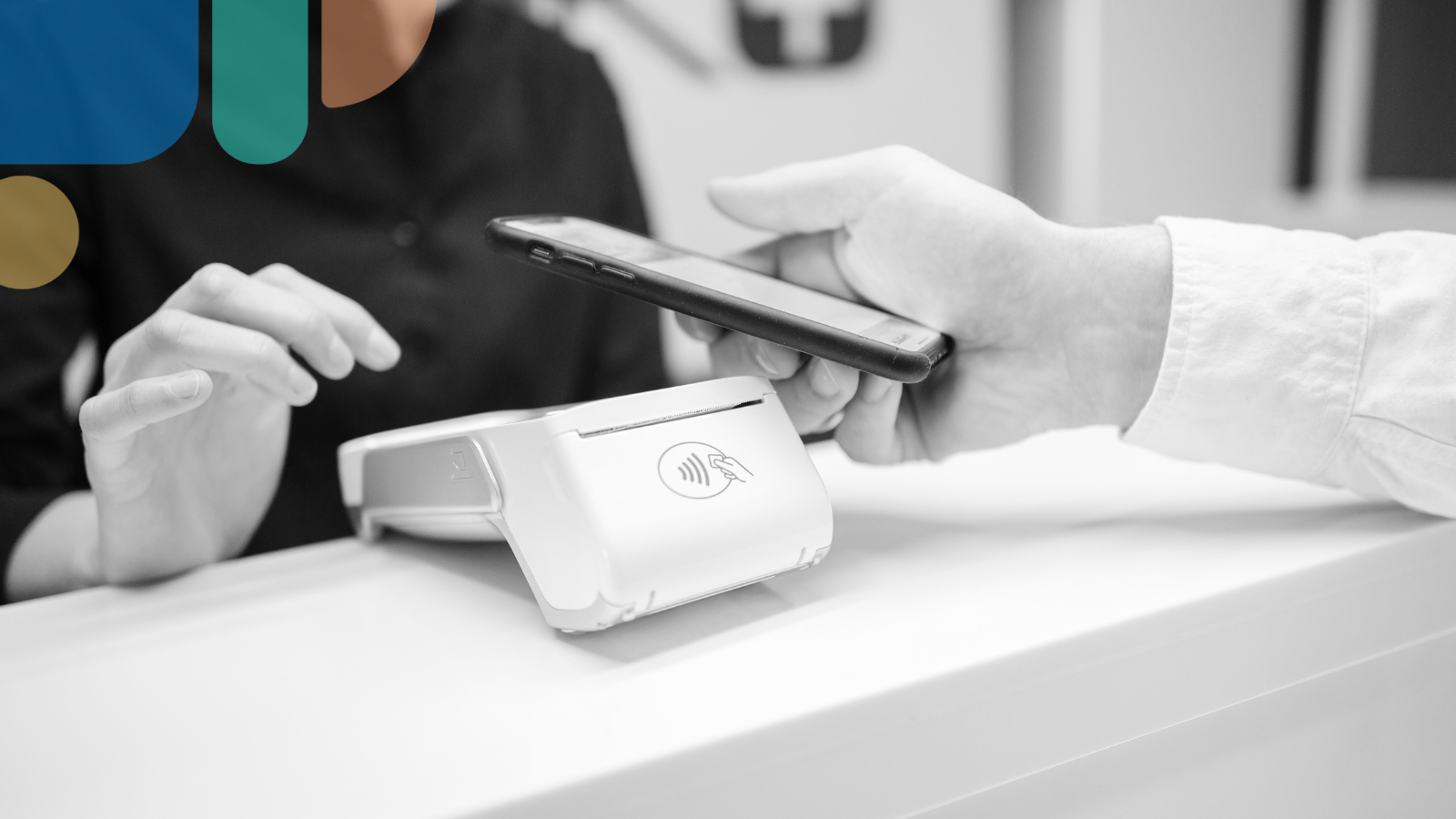
The definition of “checkout” is changing, and it’s happening fast.
At Google I/O 2025, the company unveiled agentic checkout: a capability that allows consumers to complete purchases directly within Google Search, powered by AI agents that carry out transactions on the user’s behalf. No website visits. No cart pages. No redirects. Just frictionless, embedded commerce at the moment of intent.
It’s the latest in a growing trend, one we’ve seen emerging across platforms like Amazon, TikTok, and Instagram. The checkout experience is being pulled closer to the discovery moment and further away from the merchant’s owned digital property.
This shift brings new convenience for customers, but also new complexity for merchants.
The Tension Point: Convenience vs. Control
For years, merchants have owned the checkout experience. It’s where revenue is captured, where promotions are surfaced, where customer behavior is analyzed, and where brand trust is often solidified or broken.
But as platforms increasingly control the last mile, merchants risk losing:
- Visibility into why payments fail or succeed
- Flexibility to route transactions optimally
- Ownership of the customer relationship
When the checkout happens offsite, the data, control, and user experience go with it.
What Does This Mean for Merchants?
To compete in this new reality, merchants need to think beyond the storefront.
The modern customer journey might begin on a search engine, detour through social media, and end in a voice assistant. The ability to support distributed checkout experiences, without sacrificing reliability or revenue optimization, is quickly becoming a core requirement.
This is where payments orchestration comes in.
By sitting as a control layer between the front-end experience (no matter where it happens) and the back-end processing systems, orchestration platforms like Spreedly provide merchants with:
- Real-time control over how and where transactions are processed
- Redundancy and reach via access to multiple payment service providers
- Intelligence to improve authorization rates and reduce failed payments
- Adaptability to plug into new checkout environments as they emerge
In short: we help merchants stay in control, even when checkout happens outside their walls.

The Future of Embedded Commerce
Agentic checkout is just the beginning. We anticipate a near future where AI-powered agents shop on behalf of users, payments are initiated without human input, and the merchant’s traditional funnel is compressed or skipped entirely.
That doesn’t mean merchants are obsolete. But it does mean they need infrastructure that’s:
- Open and modular, to plug into new channels and platforms
- Smart and responsive, to act on data in real time
- Invisible but powerful, enabling seamless experiences that still serve the merchant’s interests
At Spreedly, we’re building for that future.
We’ve long believed that the most valuable payments infrastructure is the kind that follows the customer, not the other way around.
The Merchant’s Next Move? Own the Strategy, Even If You Don’t Own the Checkout
You may not always control where a transaction starts. But with the right orchestration in place, you can still control how it ends.
If you’re navigating how agentic checkout and platform-led commerce will affect your payments strategy, we’d love to talk.
Let’s build a future where merchants stay agile, adaptable, and always in control.
Contact our team today to get started.





